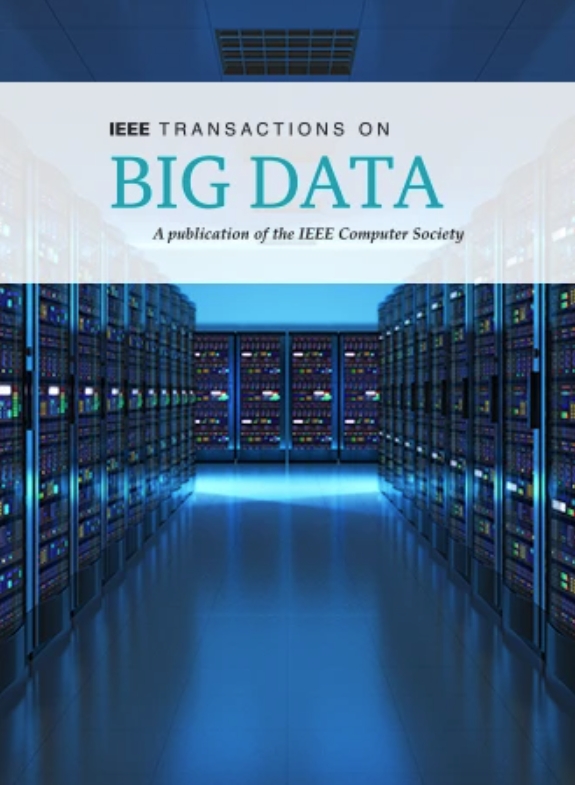Towards Long-Tailed Recognition for Graph Classification via Collaborative Experts
IF 7.5
3区 计算机科学
Q1 COMPUTER SCIENCE, INFORMATION SYSTEMS
引用次数: 0
Abstract
Graph classification, aiming at learning the graph-level representations for effective class assignments, has received outstanding achievements, which heavily relies on high-quality datasets that have balanced class distribution. In fact, most real-world graph data naturally presents a long-tailed form, where the head classes occupy much more samples than the tail classes, it thus is essential to study the graph-level classification over long-tailed data while still remaining largely unexplored. However, most existing long-tailed learning methods in visions fail to jointly optimize the representation learning and classifier training, as well as neglect the mining of the hard-to-classify classes. Directly applying existing methods to graphs may lead to sub-optimal performance, since the model trained on graphs would be more sensitive to the long-tailed distribution due to the complex topological characteristics. Hence, in this paper, we propose a novel long-tailed graph-level classification framework via基于协同专家的图分类长尾识别研究
图分类以学习有效的类作业的图级表示为目标,在很大程度上依赖于类分布均衡的高质量数据集,已经取得了突出的成就。事实上,大多数现实世界的图数据自然呈现出长尾形式,其中头部类比尾部类占用更多的样本,因此研究长尾数据上的图级分类是必不可少的,同时仍有很大程度上未被探索。然而,现有的视觉长尾学习方法大多没有将表示学习和分类器训练结合起来进行优化,也忽略了对难分类类的挖掘。将现有方法直接应用于图可能会导致性能不佳,因为在图上训练的模型由于复杂的拓扑特征对长尾分布更加敏感。为此,本文提出了一种基于协同多专家学习(CoMe)的长尾图级分类框架。为了平衡头类和尾类的贡献,我们首先从表征学习的角度发展平衡对比学习,然后设计一个基于硬类挖掘的个体专家分类器训练。此外,我们还在多专家框架中进行了门控融合和解纠缠知识蒸馏,以促进多专家框架中的协作。在七个广泛使用的基准数据集上进行了全面的实验,以证明我们的方法优于最先进的基线。
本文章由计算机程序翻译,如有差异,请以英文原文为准。
求助全文
约1分钟内获得全文
求助全文
来源期刊

IEEE Transactions on Big Data
Multiple-
CiteScore
11.80
自引率
2.80%
发文量
114
期刊介绍:
The IEEE Transactions on Big Data publishes peer-reviewed articles focusing on big data. These articles present innovative research ideas and application results across disciplines, including novel theories, algorithms, and applications. Research areas cover a wide range, such as big data analytics, visualization, curation, management, semantics, infrastructure, standards, performance analysis, intelligence extraction, scientific discovery, security, privacy, and legal issues specific to big data. The journal also prioritizes applications of big data in fields generating massive datasets.
 求助内容:
求助内容: 应助结果提醒方式:
应助结果提醒方式:


